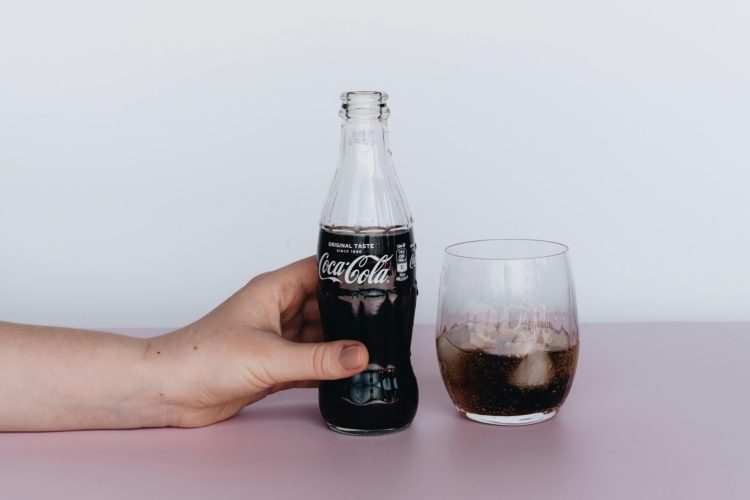Cold beverages have a powerful effect on consumer behavior, affecting both perception and decision-making. The simple act of reaching for a chilled drink triggers sensory responses that go beyond taste, engaging touch, sight, and even anticipation. Understanding the psychology behind cold drinks can help businesses optimize product presentation, improve customer satisfaction, and drive sales.
The Sensory Appeal of Cold
Temperature directly impacts the perception of freshness and quality. Cold drinks feel refreshing and clean, which can increase the likelihood of purchase. The crispness of a chilled soda or iced coffee communicates care in preparation and storage, signaling to consumers that the product is safe and enjoyable. Cooling also dulls certain flavors, allowing sweet or bitter notes to balance, making beverages more palatable for a wide audience.
Visual and Environmental Cues
Packaging alone does not determine appeal. The visual context in which a cold drink is presented matters. Shiny condensation on a bottle or can triggers expectations of coolness, activating positive sensory associations even before the first sip. Placement in prominent refrigerated units reinforces this perception. Retailers use retail display freezers strategically to highlight chilled options, drawing attention and creating urgency. The visual cue of coldness can lead to impulse purchases, especially in high-traffic areas.
Psychological Responses to Temperature
Cold drinks influence cognitive and emotional responses. Research indicates that cold beverages can induce a sense of alertness, enhancing perceived refreshment and energy. The tactile experience of holding a chilled container stimulates somatosensory processing, which can make the consumption experience more memorable. Consumers often associate cold with cleanliness and efficiency, contributing to a subconscious perception of value and care.
Social and Cultural Factors
Cultural expectations shape how cold drinks are perceived. In many societies, chilled beverages are linked with leisure, socialization, and enjoyment. Offering a cold option signals attentiveness to consumer preferences and social norms. Businesses that consider cultural expectations in beverage temperature can better align with consumer desires, creating positive brand associations and repeat business. Seasonal trends, regional preferences, and social rituals all influence these perceptions, making it important for companies to observe patterns in consumption behavior, tailor promotions accordingly, and ensure that chilled options are consistently available and visually appealing to enhance the overall customer experience.
Strategic Marketing Applications
Understanding the psychological impact of cold drinks allows marketers to design more effective strategies. Product placement, packaging design, and cooling technology all interact to enhance consumer appeal. For example, placing beverages at eye level in refrigerated displays or using condensation effects on packaging can increase perceived freshness. Seasonal adjustments, such as emphasizing iced beverages in warm months, further capitalize on temperature-driven demand.
Cold drinks influence shape perception, emotion, and behavior. Temperature affects taste, presentation impacts perception, and social expectations guide preference. Businesses that leverage these insights can optimize retail strategies, enhance the customer experience, and increase sales. Integrating chilled options effectively, whether through prominent placement in retail display freezers or visually appealing packaging, ensures that consumers not only notice the product but also connect with it. For more information, look over the infographic below.

